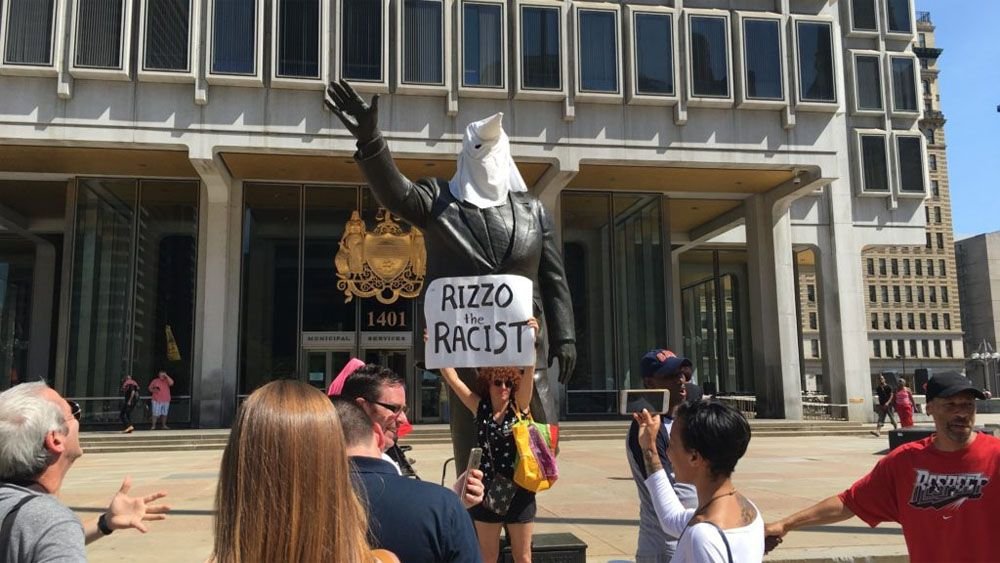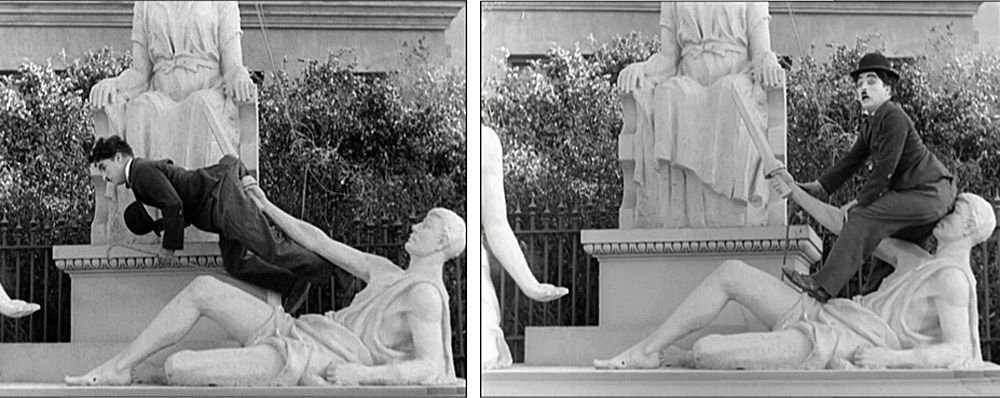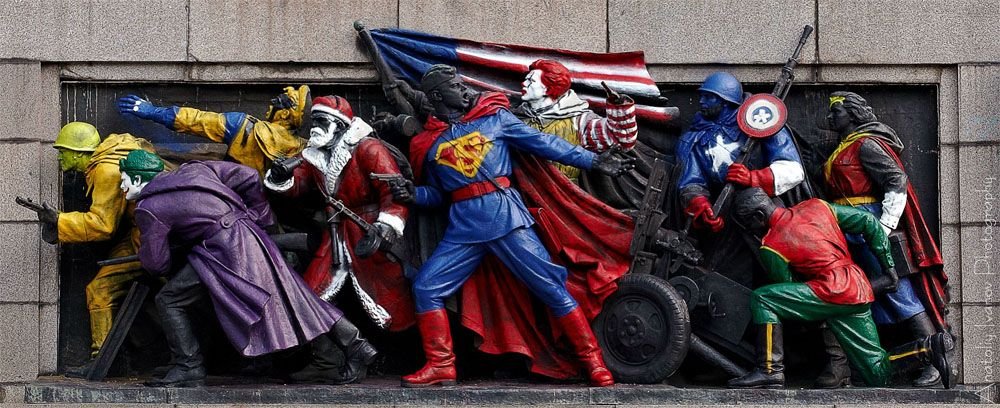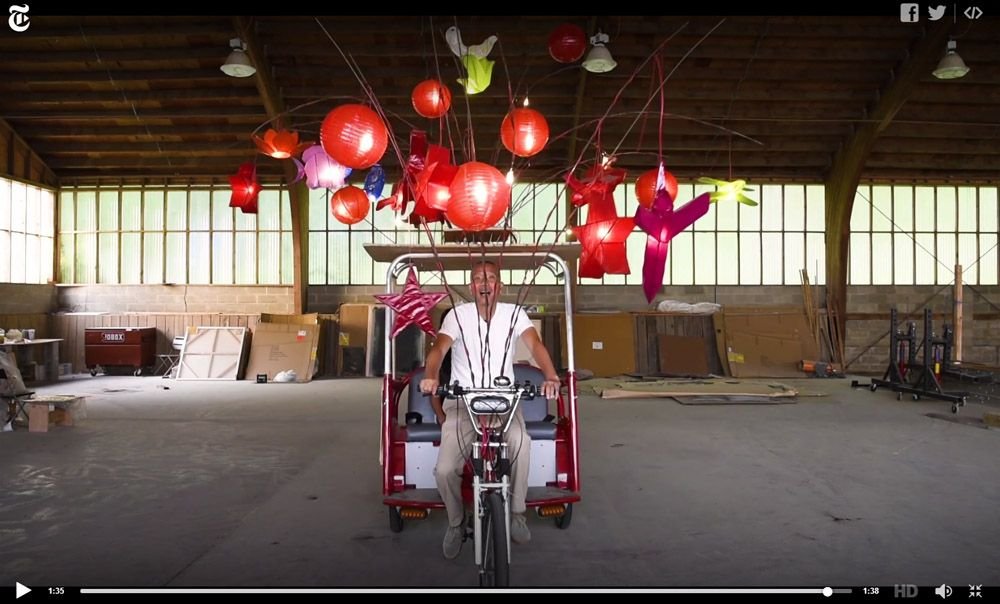When it comes to talking about the meaning of monuments, it's useful to consider Upton’s Second Rule of Monument Making:
Monuments always say more about the people, times and places of their creation than they do about the people, times and places they honor.
Accordingly, as times change, so do public wants and needs for the monuments they create, install and maintain. And so it's only natural, in the summer of 2017, that we should expect scenes like this:

Credit: Shannon Wink / Billy Penn
Frank Rizzo, the Philly cop, police commissioner and mayor on whose watch the percentage of African-American police officers declined precipitously, once bragged, “I’m going to make Attilla the Hun look like a faggot.” Admirers memorialized Rizzo in a ton of bronze across top from City Hall seven years after his death. In light of recent removals of Confederate monuments, Philadelphians again ask the question that's been posed before: shouldn't the statue of Rizzo, a documented racist, also be banished? Or should it remain as a target for public discourse and the occasional graffiti and vandalism.

Credit: City Lights, 1931
Traditions of monument mocking run deep and proud with pigeons and protesters, cartoonists and comic actors. In City Lights, Charlie Chaplin’s Depression era classic, the film opens with the unveiling ceremony for a monument to "Peace and Prosperity." Chaplin takes full advantage.
Most monument mocking isn't so exquisitely choreographed, although it can be equally effective. Consider this 1950s monument to Soviet Army “liberators” in Sofia Bulgaria, as modified in 2011:

Credit: Anatoly Ivanov Photography
Reinterpreters transformed Soviet soldiers into fictional American "heroes:" Superman, the Joker, Robin, Captain America, Ronald McDonald, Santa Claus, Wolverine, the Mask, and Wonder Woman. To drive the message home, they tagged it with graffiti: “Keeping up with the times.”
That's the idea today: keeping up with the times.
In the summer of 2017, the stakes are high for monument keeping, monument making, and art in public places. Are we raising the bar high enough? Or are we resetting it lower in order to avoid controversy and conflict? And if that's the case, if we're choosing message-free public art instead, what does that say about us?

Credit: The New York Times
In mid September, internationally renowned artist Cai Guo-Qiang (featured here and above by The New York Times, returns to Philadelphia with Firefly, a new public art project: customized pedicabs adorned with illuminated lanterns. It's dynamic, clever and fun. Nine hundred bouncing lanterns in the form of pandas, roosters, tigers; space aliens, UFOs, rocket ships, hamburgers and donuts. Starting mid-September, twenty-seven of these pedicabs will transport passengers along the 100-year-old Parkway every night, passing by all kinds of historic public art and monuments from earlier times.
What does Firefly add to this cultural ecosystem? What is its message, our takeaway? Is that where we want to be in 2017?
Opinions expressed are my own.

